19 Essential Full Stack Developer Skills [2023 Guide]

In this article
Full stack developers are among the most sought after professionals in software development. Fluent in both the frontend and backend development of web applications, platforms, and websites, full stack developers are skilled programmers who are also knowledgeable about design principles, user interfaces and user experiences, database architecture, and computational tasks. Because of this valuable set of skills, the field is seeing higher than average job growth, with LinkedIn ranking it among the top jobs in 2020, and increasingly competitive salaries, with the national average exceeding $112,00.
What Is a Full Stack Developer?

To understand what a full stack developer does, it’s important to first understand web development. Web development has two components: the backend and the frontend. The former is often referred to as the server-side and comprises all the behind-the-scenes elements needed to power a website or application, such as databases, APIs, backend logic, and servers—backend developers build and maintain these elements that power a website. The latter, also known as the client-side, comprises everything a user sees or interacts with, such as the user interface and graphical elements—through a combination of design, technology, and programming, frontend developers help ensure that users can easily interact with the page.
A full stack developer, then, is someone who can do both types of web development. They have a wide variety of skills that enable them to build, manage, and improve server-side operating systems, databases, libraries, and frameworks, while also understanding the UX design needs of a web or mobile application. Their skill sets allow them to move seamlessly between the frontend and backend, which makes them highly valued and in-demand tech professionals.
Essential Full Stack Developer Skills

The programming languages required for frontend development differ from those required for backend development. Likewise, the tools, technologies, and database management systems needed for server-side development are different from those used on the client side. Because of this, full stack developers need to have a broad array of skills that span multiple programming languages (Java, HTML, Ruby, and more), the LAMP stack (Linux, Apache, MySQL, and PHP), and database technologies and frameworks (JSON, NGINX, Angular, and React).
Frontend Skills for a Full Stack Developer
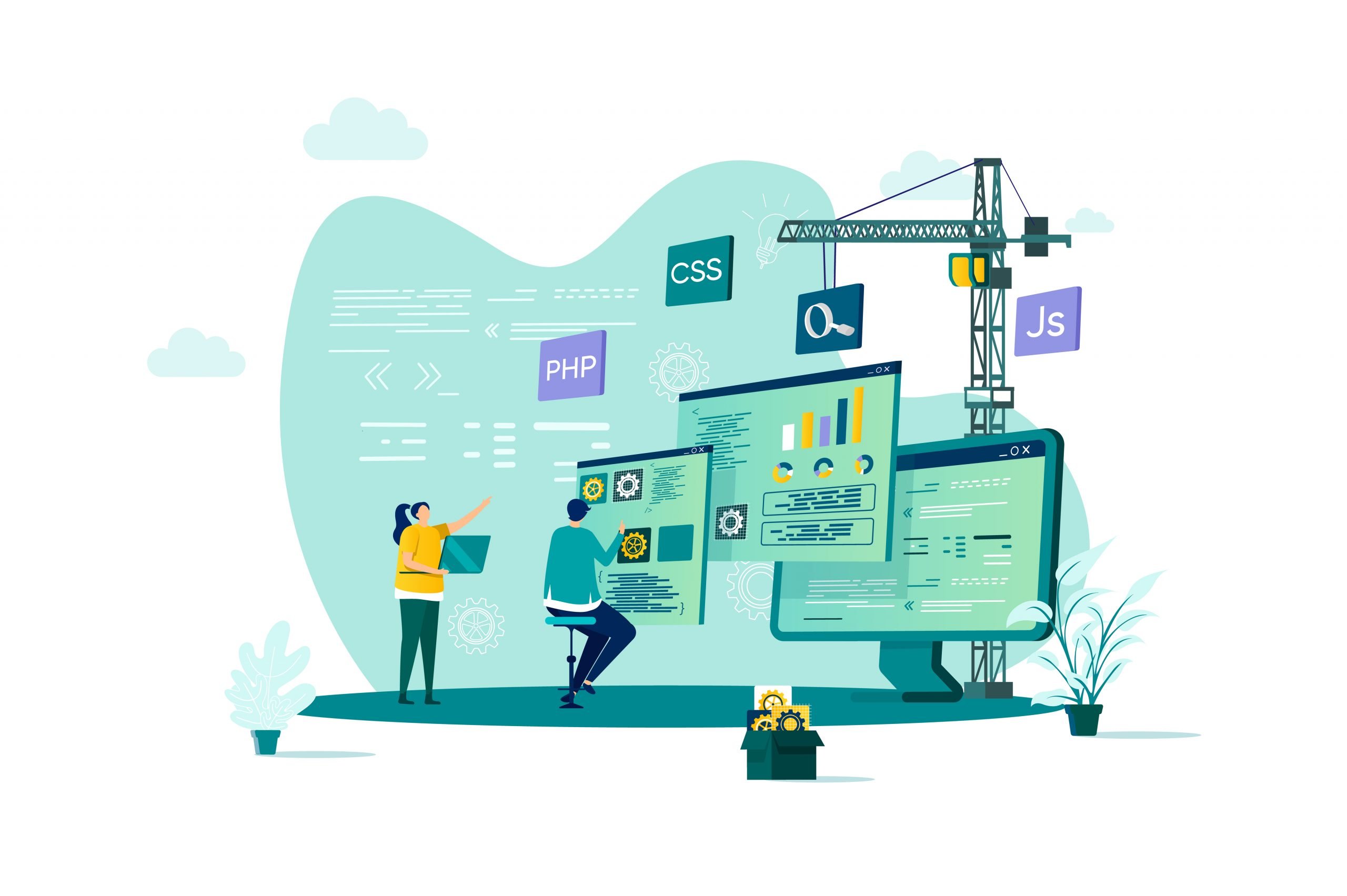
Some of the essential frontend development skills used by full stack developers include:
- HTML. HTML stands for Hypertext Markup Language and is used to determine the structure of a webpage. One way to think of HTML is as the blueprint that tells a browser how the elements of a page should be displayed, from words and images to videos and widgets. Coding with HTML is an essential skill for full stack developers because, without it, a website or application wouldn’t have a user interface and the internet wouldn’t be navigable.
- CSS. CSS stands for Cascading Style Sheets, which is used to determine the look and feel of a website. It helps to think of CSS as a close relative to HTML—if HTML determines the structure and placement of objects, CSS determines aesthetic elements such as color, font, and other style characteristics. Beyond making the HTML elements look better, CSS also allows a site to have consistent presentation across different device types.
- ReactJS. ReactJS is an open-source frontend JavaScript library that is used for building user interfaces. It is particularly useful to full stack developers because it allows for the reuse of UI components and the creation of large web applications that can change data without reloading the page.
- AJAX. If you’ve ever had apps on your phone or computer function in the background, retrieving information and performing updates without being disruptive, that’s because of Ajax, a web programming concept used by full stack developers that enables web applications to send and receive information from servers asynchronously.
- jQuery. jQuery is a javascript library that simplifies actions such as HTML event handling, document traversing, and animation for Ajax. It’s often used by full stack developers to save time—many of those common web development actions would normally take a long time to code, but jQuery offers shortcuts, which allow developers to focus on more challenging coding and web development issues.
Backend Skills for a Full Stack Developer

Some of the essential backend development skills used by full stack developers include:
- Node.js. Node.js is a platform where developers can run javascript code before deploying it to a web browser. It is widely used by developers, so much so that there are multiple conferences and events hosted each year to support the Node.js community.
- Ruby on Rails. Ruby on Rails is a robust programming language and framework often used to build online stores, social platforms, and software as a service—it has been used to build platforms ranging from Shopify to Twitch, Instacart, Zendesk, and SoundCloud. It is known as “opinionated” software because it offers predictions for what a developer needs while they code, which can increase productivity.
- Python. Python is a programming language often used for building websites and applications, automation, and conducting data analysis. As a general purpose language that can be used to perform any number of tasks, it is crucial for full stack developers to be fluent in Python.
- SQL. SQL is a programming language used for extracting and organizing data in a relational data management system. In order to make backend elements such as the server or database communicate with each other, full stack developers use SQL to create rules for storing, retrieving, or modifying server data.
- Flask. Flask is a Python web framework that provides developers with the tools, libraries, and technologies to build a web application.
Other Skills for a Full Stack Developer
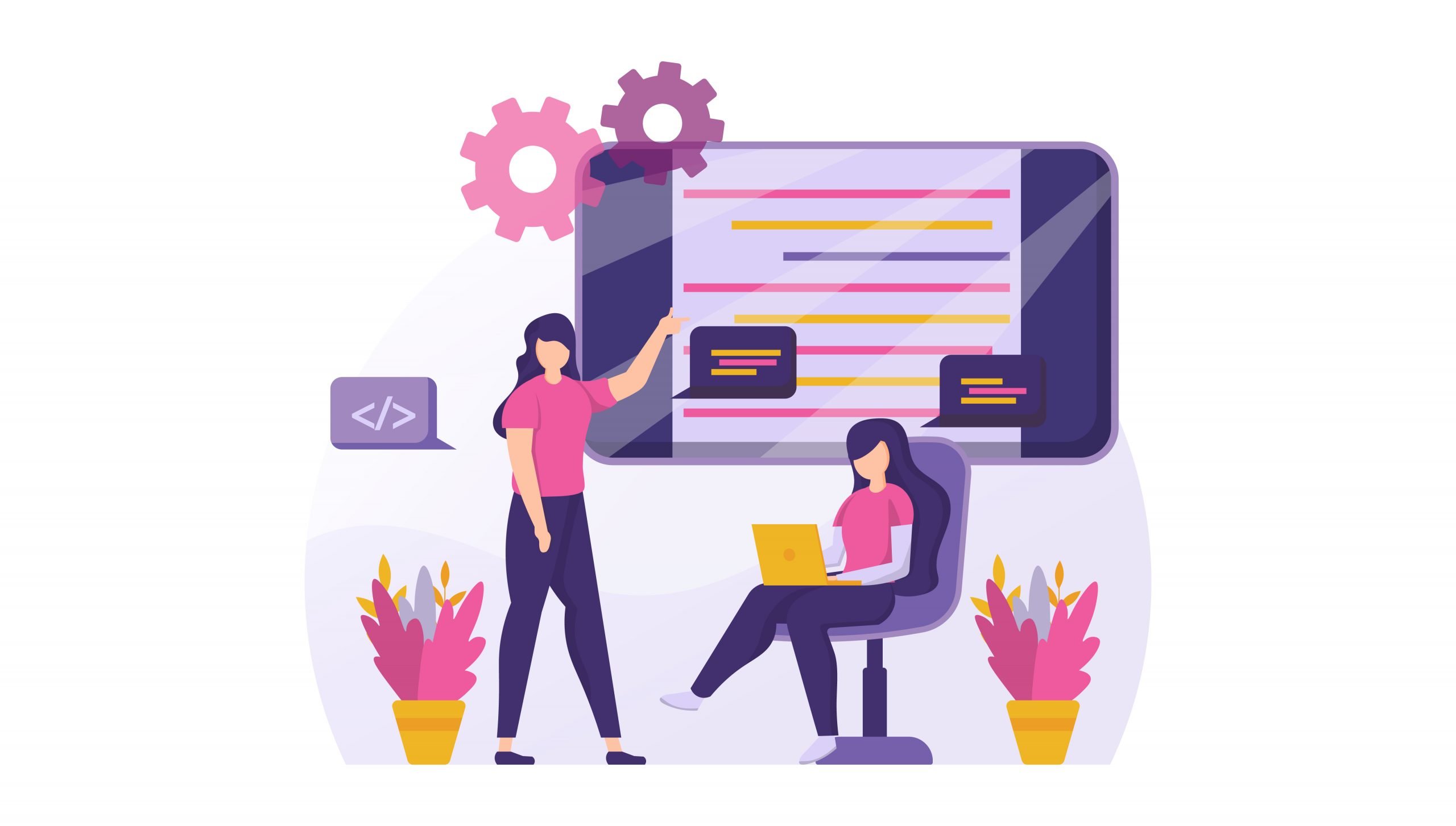
- Web architecture. Full stack developers need to know the ins and outs of web architecture in order to build server-side structures that will meet client-side needs. This involves understanding code structure, data structure, the location of computational tasks, file categorization, and application logic between the client and the server.
- Git and GitHub. Git is a software for tracking changes in any set of files, while GitHub is a web-based interface that allows multiple people to make separate changes to a file at the same time. It provides cloud storage for source code, streamlines the iteration process, and enables collaboration with version control.
- HTTP and REST. HTTP stands for HyperText Transfer Protocol and is a communication protocol that powers web interactions such as loading webpages, streaming video, and other forms of communication between web browsers and web servers. REST stands for Representational State Transfer and serves as a translator between the frontend and backend. Both are necessary for full stack development.
- Database storage. All web applications rely on information stored in a backend database. Efficient database storage enables websites and apps to easily and effectively retrieve information when it’s needed. Given that full stack developers build the bridges that connect the client-side with the server-side, they need to be knowledgeable about relational and non-relational data, NoSQL databases, and storage solutions such as MongoDB.
- Design fundamentals. Full stack developers are put in the unique position of being responsible for backend architecture while also constructing user-facing interfaces. Because of this, full stack developers need experience with design fundamentals. It’s not enough to be a talented coder—a strong understanding of how users interact with a website or application is needed to ensure that every level of the development stack serves the end user.
- NPM. NPM is a software used to manage dependencies for javascript packages. It is designed specifically for use with Node.js and helps the node manage conflicts. Full stack developers often use it in the development, publishing, discovery, and installation of node programs.
Get To Know Other Software Engineering Students
Pritisha Kumar
Software Engineer at Dialpad
Abdelkareem ElSharief
Software Engineer at Bread
Geraldo Gomes
Software Engineer at Affirm
Soft Skills
- Attention to detail. The volume of code and variety of tools and technologies used by full stack developers means errors can easily slip through, rendering platforms and websites unusable. This is why full stack developers must have strong attention to detail so that they can catch rogue lines of code, identify mistakes made within a framework, and pinpoint where the frontend and backend are failing to communicate.
- Organization and prioritization. Full stack developers often have to juggle multiple tasks that range in scale and importance. The ability to organize, prioritize, and even delegate is essential to keep projects on track.
- Communication. Full stack developers typically have to collaborate with more stakeholders than developers who only specialize in frontend or backend development. The nature of their job also means that they tend to take on more responsibilities. Because of this, it’s crucial for a front end developer to be a clear communicator who can make sure everyone is on the same page.
Related Read: Front-End vs. Back-End Development: What’s the Difference?
Tips To Improve Your Full Stack Skillset
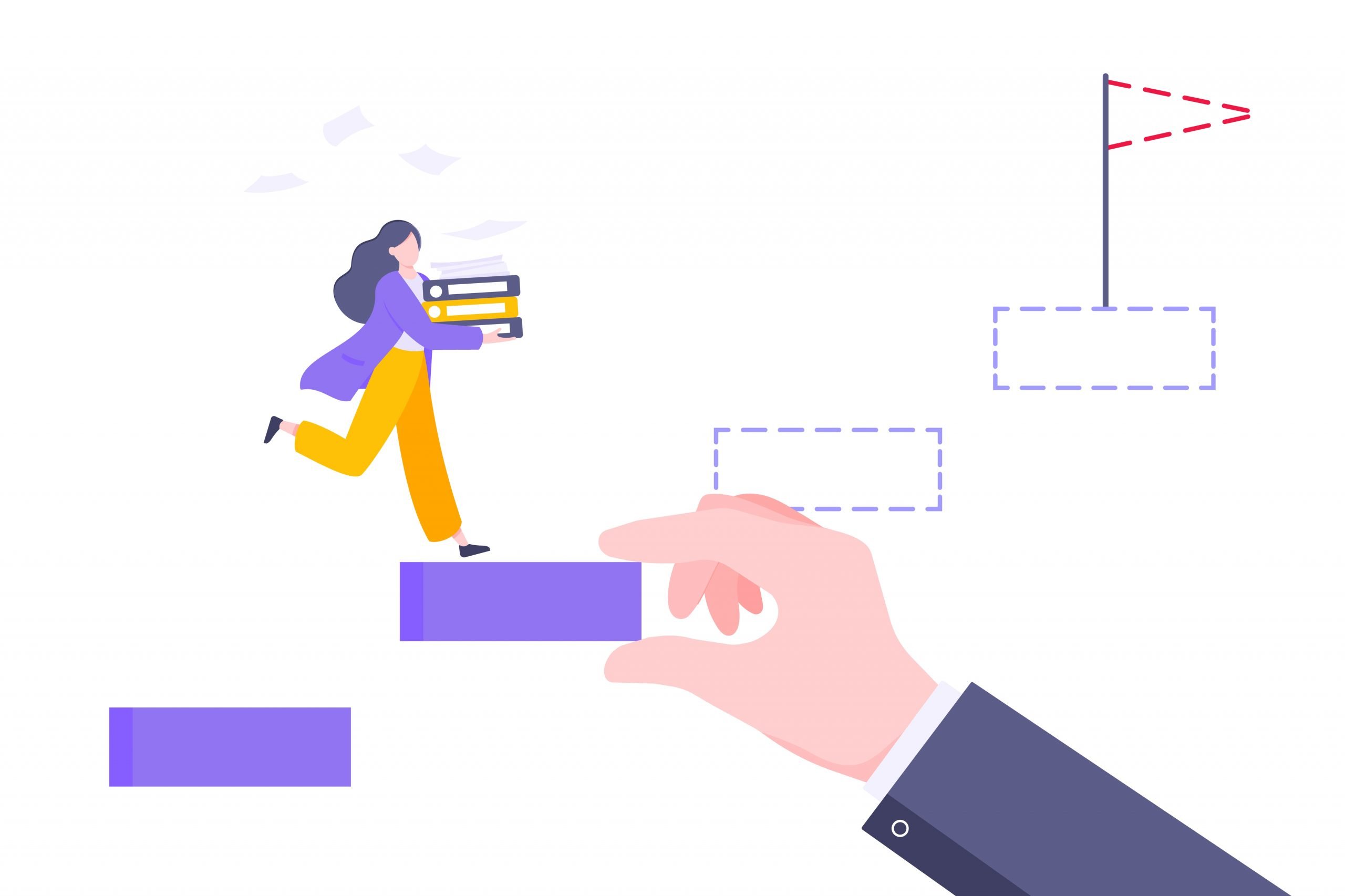
If you want to give yourself the competitive edge as a full stack developer, below are some tips for improving both your skills and your chances at landing that dream job.
Take a Course
Holding a bachelor’s degree in computer science or a related field is often a good place to start. But, given how quickly programming languages and web development technologies evolve, it can be useful to take an online course or bootcamp to ensure that you’re up to speed on the latest and most relevant tools, languages, and best practices. For example, in Springboard’s Software Engineering Career Track, students are offered an overview of frontend and backend technologies, essential developer tools for troubleshooting, performance optimization, and learn the basics of web internals, HTML, CSS, Javascript, Python, Django, MySQL, Chrome Dev Tools, and Git.
Taking a course can also show hiring managers that you’re committed to staying on top of the industry’s latest developments and value ongoing professional development.
Related Read: How To Become a Software Engineer
Build a Portfolio
It’s one thing to have an impressive CV. It’s another to be able to prove that you can do what your CV claims. A strong portfolio offers hiring managers evidence of your capabilities—you get to showcase previous work samples, and your portfolio site can itself be an example of your web development acumen. A portfolio website also offers an opportunity for you to express your personality, highlight critical soft skills, and give potential employers an understanding of what you can bring to their organization.
Work on Relevant Team Projects Whenever Possible
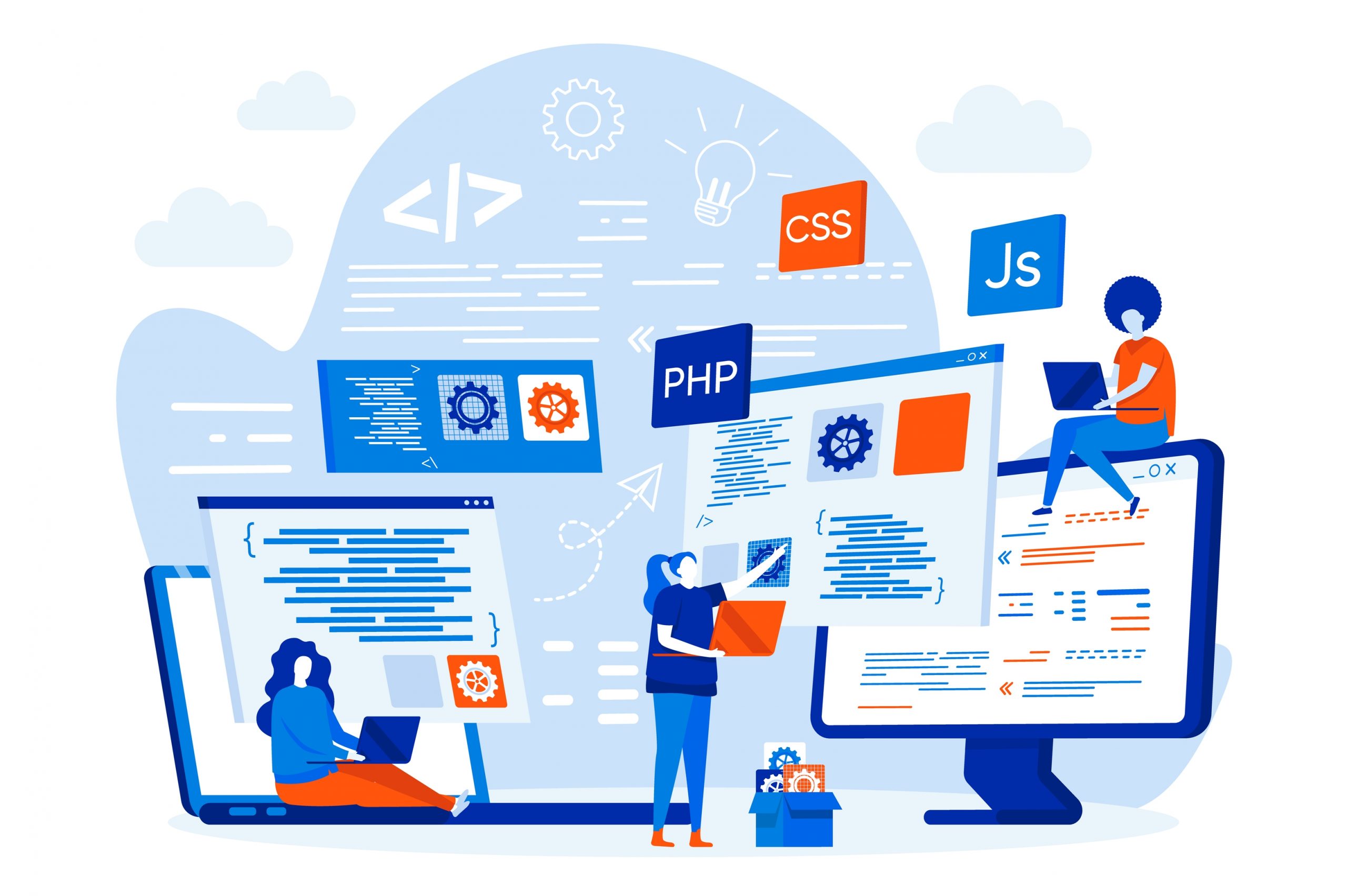
One of the most important steps in becoming a full stack developer is gaining real-world experience that will hone your web development skills while also giving you something to include in your portfolio. If you aren’t currently employed as a full stack developer, there are still ways to gain web development experience. For example, full stack bootcamps and online courses offer opportunities to work on ambitious capstone projects that require work on both the frontend and backend; a web developer assigned to work on backend development can find ways to work on projects that give them exposure to frontend development; and with any team project, look for ways to learn from other developers or volunteer your own web development skills.
Related Read: 12 Best Web Development Bootcamps to Sharpen Your Skills
How Hard Is It To Become a Full Stack Developer?
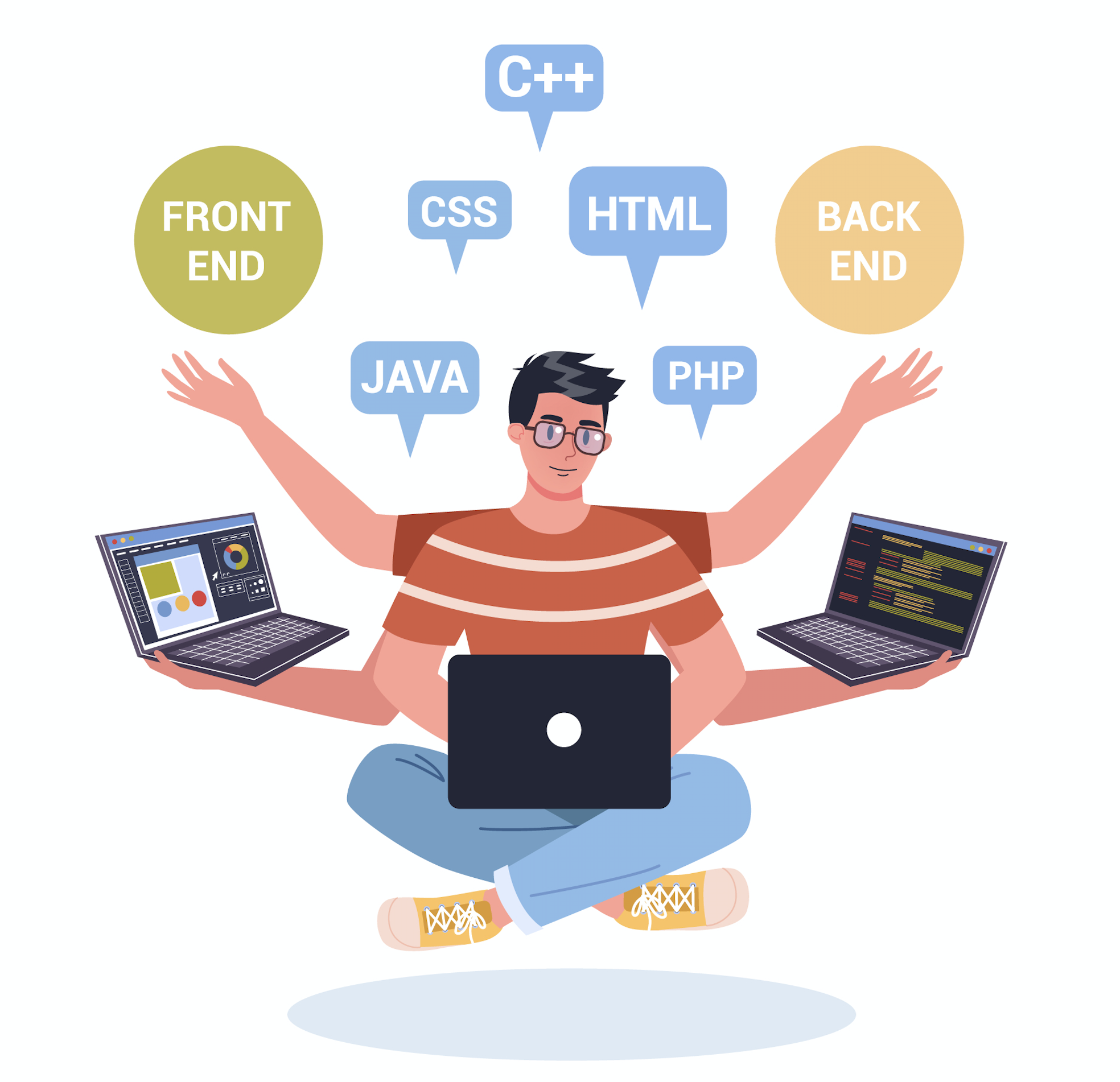
Becoming a full stack developer isn’t easy. A comprehensive bootcamp requires a six-month commitment, with 20-25 hours of study a week, and it’s important to have a passion for computer programming because full stack developers are constantly building, improving, and troubleshooting highly complex systems.
“The thing is, if you’re not passionate about computer programming, it can become a nightmare,” said Sebastian Belmar, a Springboard graduate who now works as a full stack developer at a San Francisco startup. “But, if you think you have something to add, or if you think you can fall in love with coding, you can learn. It is hard. It’s not simple. I haven’t met anyone who said, ‘Oh, for me, it was a piece of cake and I have a job now.’ But if you choose the right program, and put as much heart and energy into it as you can, you can learn. And you might be able to contribute to a company that maybe you’re in love with, too.”
Further reading: Here is a guide with 84 most asked full-stack interview questions and the best ways to answer them.
Since you’re here…
No one wakes up knowing how to code – they learn how to code. Tens of thousands of students have successfully learned with our courses, like our Software Engineering Bootcamp. If you’re a total newbie, our Software Engineering Career Track Prep Course will be a perfect fit. Let’s do this!





